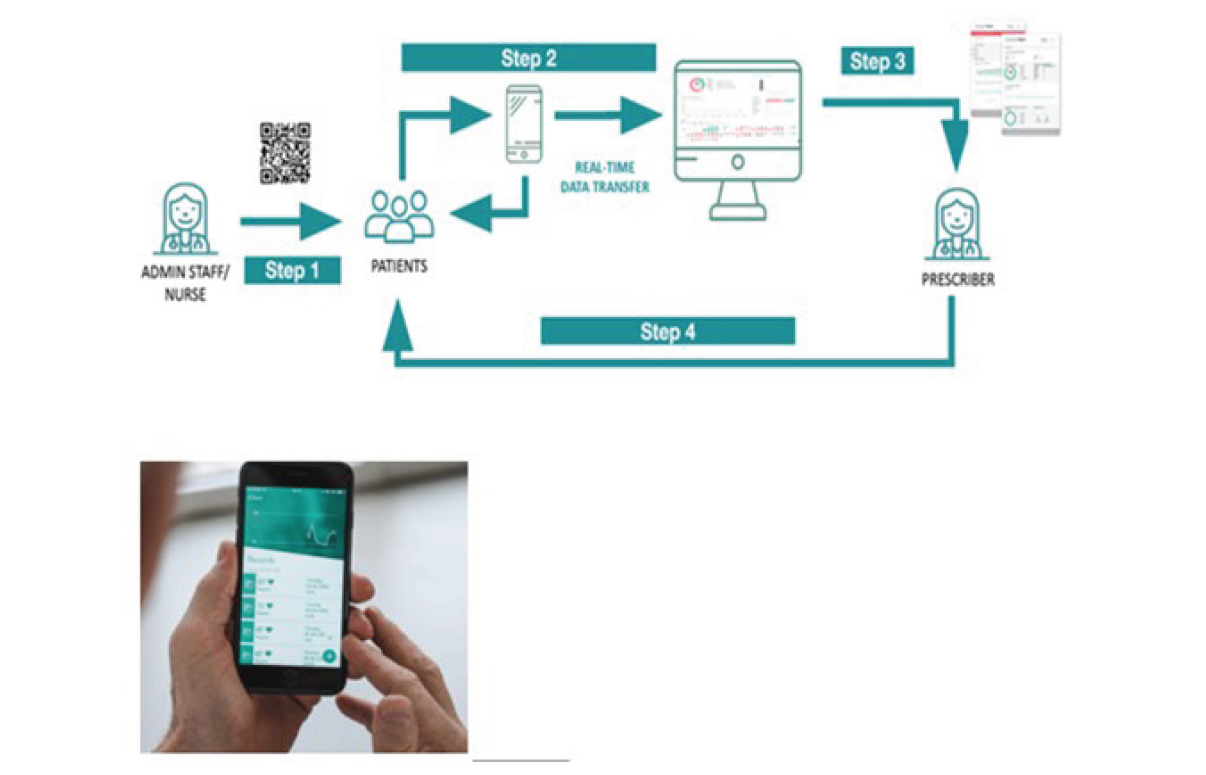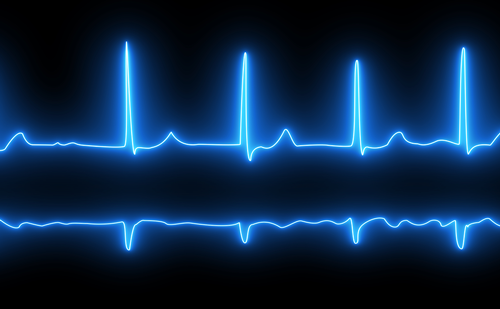Background: Post-atrial fibrillation (AF) ablation clinics are typically in person, whereby 12-lead electrograms (ECG) and/or Holter monitors can detect recurrence. During the COVID-19 pandemic, at our site, nurse-led clinics were telephonic, and timely access to these investigations became difficult.
Objective: To determine if the validated smartphone application FibriCheck, which uses photoplethysmography to detect AF, can remove the need for in-person monitors, thereby reducing costs. Method: Adult patients post-AF ablation from September 2021 to January 2023 from Essex Cardiothoracic Centre, UK were consented and given two different 7-day subscriptions to FibriCheck leading up to their 3 and 12-month appointments respectively. They were asked to measure their heart rate and rhythm up to 3 times a day during that period. A detailed summary was sent from FibriCheck to the arrhythmia nurse, prior to patient’s appointment.
Results: One hundred and forty-seven patients participated in this study. Seventy-eight per cent were male. The average age was 62 years. An average of 27 measurements were taken by each patient during the subscription period. Compliance was uniform across all ages. Thirtynine patients (26.5%) detected AF recurrence during their subscription period within 12 months. Of these, 28 patients were symptomatic, with the most reported symptom being dyspnea. We estimate that due to the use of FibriCheck, 147 ECGs and 55 seven-day Holters were avoided, equaling net savings of £19,040 and 73.5 outpatient clinic hours.
Conclusion: Using FibriCheck, 12-lead ECGs and Holters were avoided, reducing the burden on primary care, and releasing Holter monitors to patients with higher acuity. This also equated to significant cost and time savings, allowing for increased efficiency of the service, and making a positive impact on the carbon footprint. FibriCheck allowed safe at-home remote monitoring of symptoms with timely diagnosis, detection, and management of AF recurrence for patients in our post-AF ablation clinics. This is an easily replicated and cost-efficient service. Further expansion of FibriCheck is in progress, for follow up of patients post-synchronised cardioversion for AF. ❑
Figure 1

















